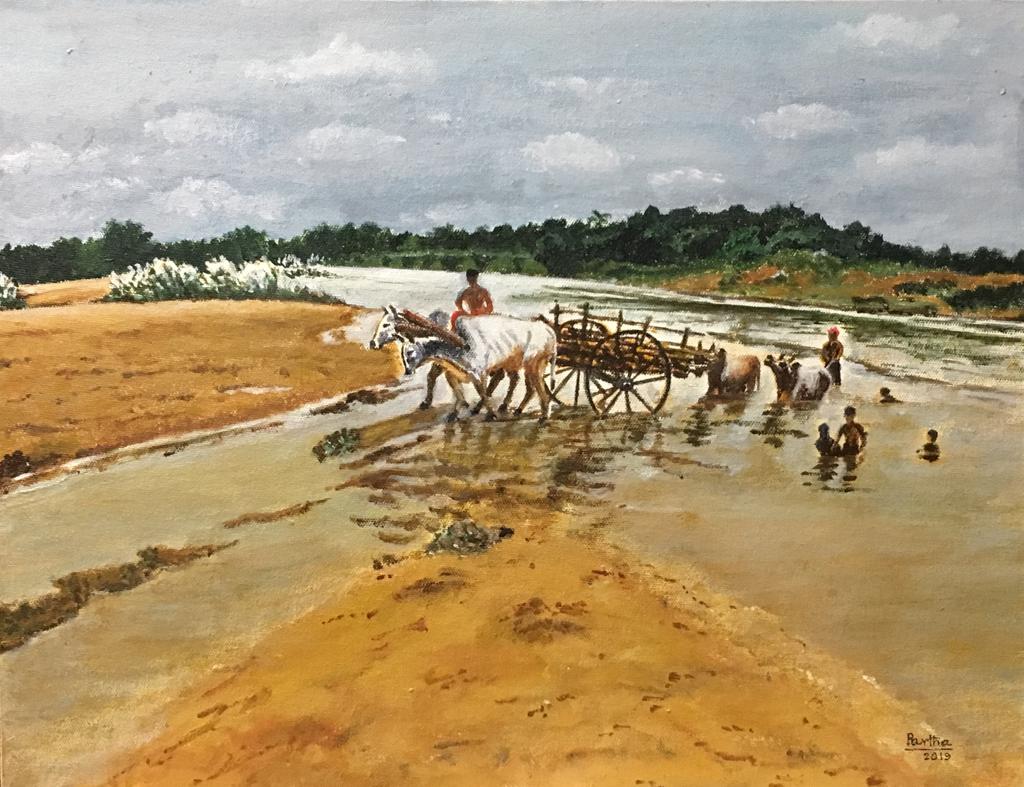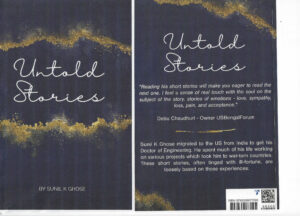Overcalls and Takeout Doubles
General Rules for Overcalls
A one-level overcall example (1C on your right – 1H by you) promises:
1 – A good 5-card or longer suit with 2 honors.
2 – At least 8+ points. (8 – 16) points
A non-jump two-level overcall (1S on your right – 2C, 2D, or 2H by you) promises a stronger hand and a 6+card (or very good 5-card) suit. Points 10+ HCP.
A jump overcall (1H on your right – 2S, 3C, or 3D by you) is showing a 6-card suit and around 12-15 points.
A 1NT overcall shows a balanced 15-17 points), with a check of the opponent’s suit.
Responding to Partner’s Major-Suit Overcall
Raise your partner’s major suit if you have fair strength and 3+ card support:
Raise one level with 7-10 pts
Jump-raise with 10-12 points
Bid game with 12+ points
Bid notrump if you have no fit for your partner’s major, but good stoppers in the opponent’s suit:
1NT with 8-11 points
2NT with 11-13 points
3NT with 13+ points
Bid a new suit if you have no fit for your partner’s suit, 9+ points, and a good 5-card suit of your own.
Pass if you have none of the above.
Responding to Partner’s Minor-Suit Overcall
If a partner overcalls clubs or diamonds, you can follow the same general rules as above. However, if you have good stoppers in the opponent’s suit and 10+ points, you should consider suggesting notrump rather than raising the partner’s suit. Notrump will often be the easiest game to make a partial fit partner’s suit.
General Rules for Takeout Doubles
If your opponent opens with a suit bid, a double by you promises:
At least opening-bid strength (11+ points)
Shortness in the suit the opponent opened.
Support for all unbid suits. Your double forces partner to bid, so you must have at least 3-card length in any suit he will choose. Typical hands for a takeout double of an opponent’s 1C opening would be:
♠KJ76 ♥AQ2 ♦KJ64 ♣65
♠Q104 ♥AKJ4 ♦K10432 ♣8
♠KQ74 ♥10864 ♦AQJ82 ♣Void
Not Overcall, but Double
There is one type of hand where you can double without support for all unbid suits. You can start with a double if you have a hand that has one long suit and great strength (17+ points). Your hand shape and your suit should be strong enough that you could make the game with 4-6 points and a fit — a hand such as ♠KJ ♥AQJ1084 ♦AK65 ♣7.
To describe this hand, start with a double that forces the partner to respond. Then “overrule” your partner’s choice by freely bidding your heart suit at your next turn.
Responding to Partner’s Takeout Double
If partner doubles an opponent’s suit bid, you must bid unless:
The opponent on your right has also entered the bidding, OR Convert a takeout double to a penalty double.
RHO passes, respond with your longest unbid suit at the level that shows your point count:
0-8 points — Bid your longest suit at the lowest level possible (1H – DBL – Pass – 1S, 2C or 2D).
9-11 points — Jump a level in your longest suit to show the strength (1H – DBL – Pass – 2S, 3C, or 3D).
9-11 points — Bid 1NT if you have good stoppers in the opponent’s suit.
11-12 points — Jump to 2NT if you have stoppers in the opponent’s suit, but do not have length in an unbid major.
12+ points — Jump to a game in your suit or notrump if you have good stoppers or cuebid the opponent’s suit (1D-DBL-Pass-2D). This tells the partner that you have game-forcing values, but need more information. After your cuebid, your partner must bid his cheapest and longest suit.
The above guidelines can also be followed if your right-hand opponent bids over your partner’s double. The main difference is that you are not forced to bid if you have 0-8 points If you do bid (1D-DBL-1H-1S, for example), your bid is called a free bid. It shows the length of your suit and 6 to 9 points, but it does not force your partner to bid.
AT THE TABLE
What is your response to the partner’s takeout double after the auction: 1C by LHO — DBL by partner — Pass by RHO?
♠Q9 ♥J983 ♦Q754 ♣632
Bid 1H. You must respond, and with two suits of equal length, you should choose the major.
♠J42 ♥1092 ♦642 ♣Q1073
Bid 1H. You have club stoppers, but your hand is too weak to bid notrump. Your only alternative is a 3-card suit, so try your cheapest major (and pray).
♠K2 ♥QJ93 ♦A986 ♣632
Bid 2H. The jump tells the partner that you have fair values (8+ to 11 points). 4 cards support. If the partner has extra strength, this may encourage him to bid a game.
♠982 ♥KJ ♦K1072 ♣Q1082
Bid 1NT. You could also bid 1D, but a 1NT bid is more descriptive (it shows your club stopper) and more encouraging, since it promises at least 7-10 points
♠104 ♥943 ♦KJ1065 ♣AQ5
Bid 2NT. You have the strength to invite games, but 5D will be a difficult contract to make. With your balanced pattern and good club stoppers, suggest a notrump game instead. If the partner has more than a bare minimum, he’ll raise to 3NT. It promises 10-12 points.
♠KQ1084 ♥4 ♦AJ106 ♣743
Bid 4S. With your strong suits and a singleton, this hand is worth much more than its 10 high-card points Jump to game to show your great playing strength.
♠AJ84 ♥AQ94 ♦Q5 ♣J103
Bid 2C. Ready to jump to 4H or 4S, looking 4-4 fit. The cuebid forces your partner to tell you more. He will usually bid his cheapest 4-card suit, so if he bids 2H, you’ll bid 4H. If he bids 2S you’ll bid 4S. If he rebids 2NT (showing no 4-card major but promising a club stopper), raise to 3NT.
♠A4 ♥73 ♦Q85 ♣QJ10975
Pass. This is one of the rare hands where it’s right to pass and defend 1C doubled. Your pass “converts” your partner’s takeout double to a penalty double.
















Comments »
No comments yet.
RSS feed for comments on this post. TrackBack URL
Leave a comment